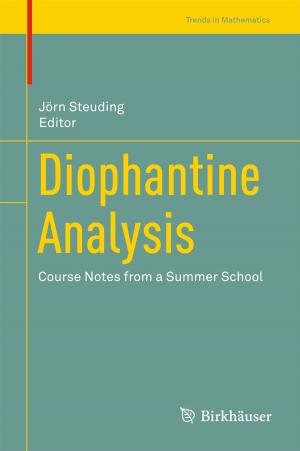Robust Recognition via Information Theoretic Learning
Nonfiction, Computers, Advanced Computing, Engineering, Computer Vision, Application Software, Computer Graphics, General Computing| Author: | Ran He, Baogang Hu, Xiaotong Yuan, Liang Wang | ISBN: | 9783319074160 |
| Publisher: | Springer International Publishing | Publication: | August 28, 2014 |
| Imprint: | Springer | Language: | English |
| Author: | Ran He, Baogang Hu, Xiaotong Yuan, Liang Wang |
| ISBN: | 9783319074160 |
| Publisher: | Springer International Publishing |
| Publication: | August 28, 2014 |
| Imprint: | Springer |
| Language: | English |
This Springer Brief represents a comprehensive review of information theoretic methods for robust recognition. A variety of information theoretic methods have been proffered in the past decade, in a large variety of computer vision applications; this work brings them together, attempts to impart the theory, optimization and usage of information entropy.
The authors resort to a new information theoretic concept, correntropy, as a robust measure and apply it to solve robust face recognition and object recognition problems. For computational efficiency, the brief introduces the additive and multiplicative forms of half-quadratic optimization to efficiently minimize entropy problems and a two-stage sparse presentation framework for large scale recognition problems. It also describes the strengths and deficiencies of different robust measures in solving robust recognition problems.
This Springer Brief represents a comprehensive review of information theoretic methods for robust recognition. A variety of information theoretic methods have been proffered in the past decade, in a large variety of computer vision applications; this work brings them together, attempts to impart the theory, optimization and usage of information entropy.
The authors resort to a new information theoretic concept, correntropy, as a robust measure and apply it to solve robust face recognition and object recognition problems. For computational efficiency, the brief introduces the additive and multiplicative forms of half-quadratic optimization to efficiently minimize entropy problems and a two-stage sparse presentation framework for large scale recognition problems. It also describes the strengths and deficiencies of different robust measures in solving robust recognition problems.















